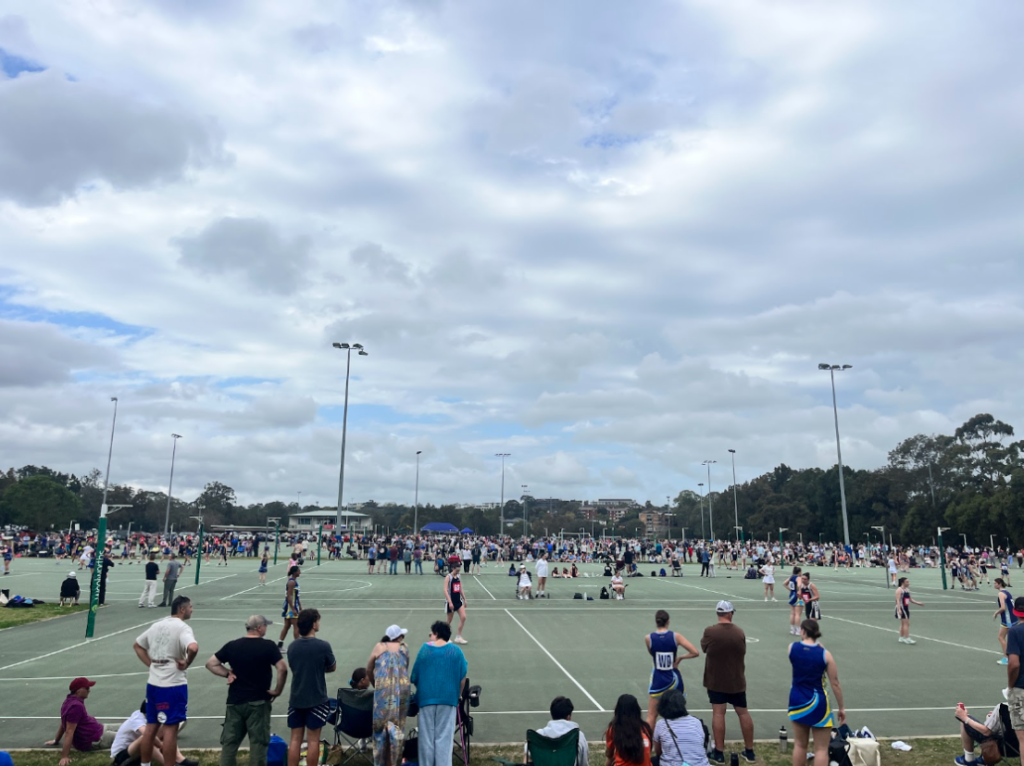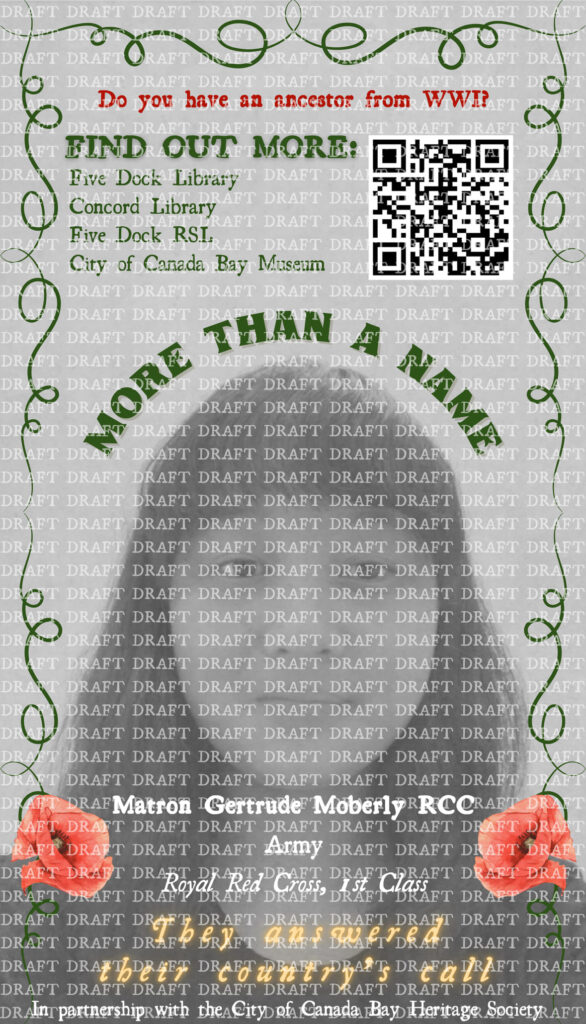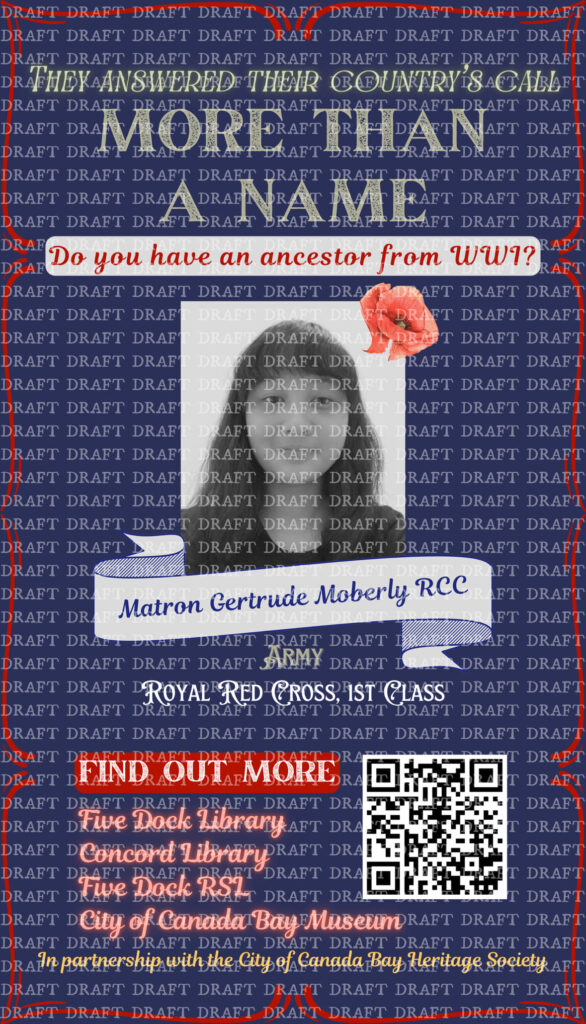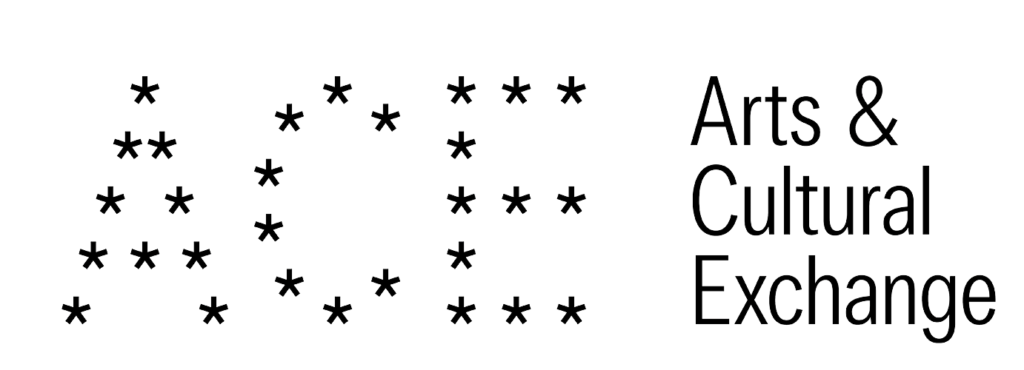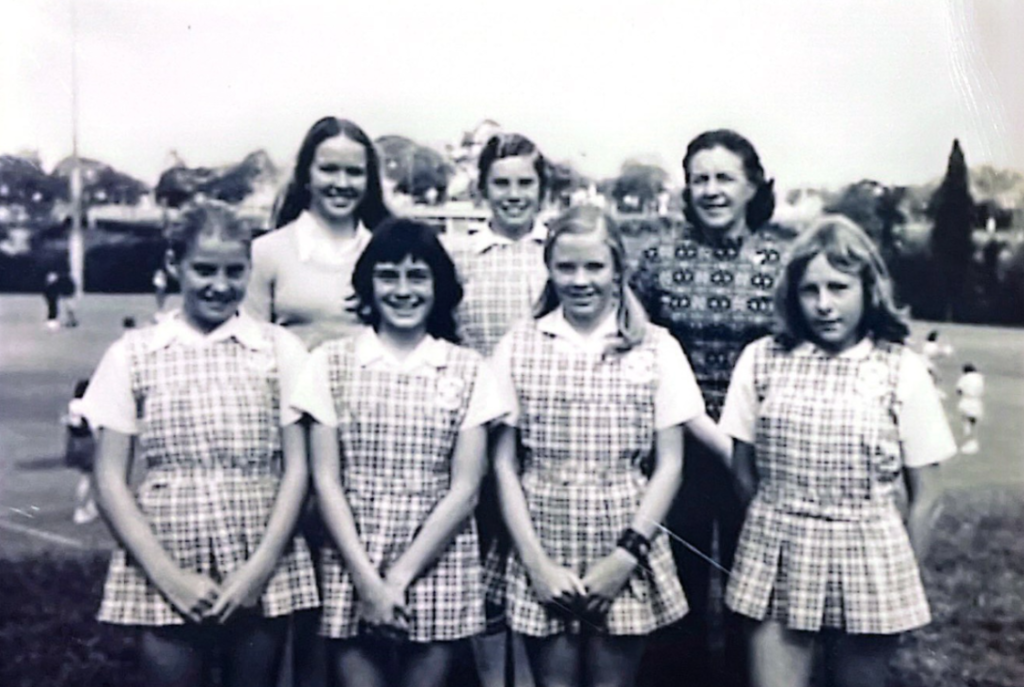
At some point or another, every child dreams of being a famous singer… or an astronaut… or a film star. Well, as a girl, my biggest dream was to one day play professional netball for the NSW Swifts. A little unconventional, I know, but as an 8-year-old nothing could be better. So it goes that my Saturdays (and my parents’) were spent running around Meadowbank Park where I played for my local club, the West Ryde Rovers.
West Ryde Rovers began its life in 1956 when Lester Waud travelled to the Olympic Games in Melbourne and watched Australia defeat Japan in the men’s football (soccer for those of you who may be confused). With co-founder, Perce Rouse, he coached two boys football teams in the Hornsby-Epping Association that same year. Of course, some credit must be given to Mavis, Lester’s wife, who helped to hand sew the first teams’ jerseys.
It wasn’t until 1967 that Rovers’ first netball team emerged, although at the time the sport was known as ‘women’s basketball’. It went from strength to strength and by 1971, the West Ryde Rovers Netball Club had fourteen teams. I don’t know what was more impressive; the rapid development of teams in the netball club or the perms of the ladies who played in them! As of the 2024 season, the Rovers Netball Club has over 25 teams ranging from Under 6’s to Open Ages. As well as this, in 2015, Rovers was proud to introduce an All Abilities training program which aimed to encourage girls and women living with disability to participate in a team sport. Since then, the program has flourished and there are now three All Abilities teams in the Eastwood-Ryde competition.
While I eventually grew out of my dream to play professional netball, the importance of West Ryde Rovers in my childhood has not been lost on me. More than this, I can now see the importance of the club to the development of my own community. Although West Ryde Rovers has come a long way from its humble beginnings in 1956, its evident that the values upon which the club was built are still at its core today. The club is primarily a community organisation and it relies purely on the hard work of volunteers to keep running. This is evident if you ever go down to Meadowbank Park on a Saturday morning where you will see an army of volunteers; there is Ruth coaching her team, and over there is Despina in the umpires room, and there is Karen making the rounds. Alongside them are the many more committee members as well as parents and friends who coach, manage, score and come to cheer on the teams. Nowhere will you see a greater show of community spirit and I believe that this is what makes Rovers’ history worth telling. I hope you’re as excited as I am to hear these amazing peoples’ stories!
